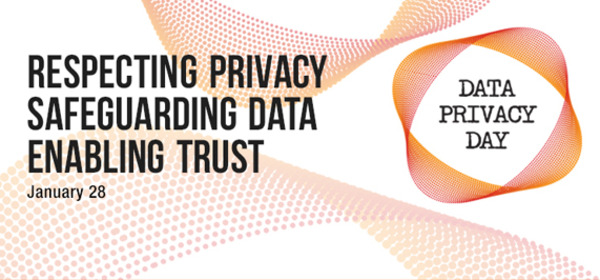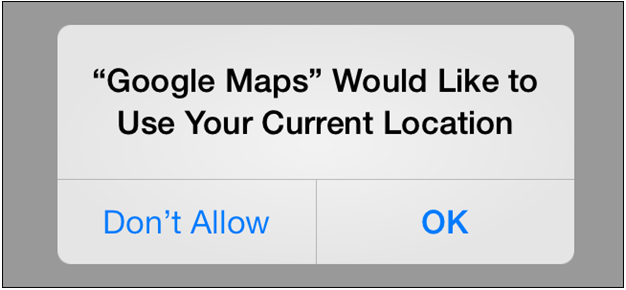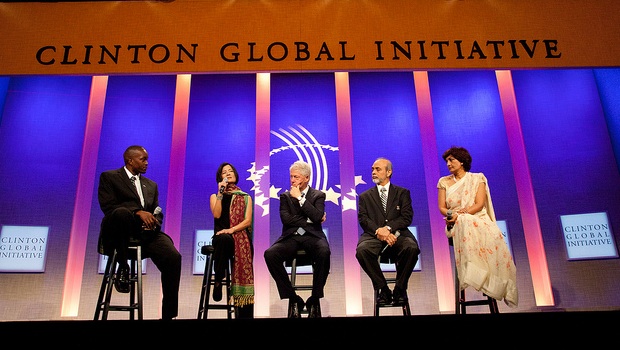Recently the FBI obtained a court order that compels Apple to create and install a backdoor into its iPhone software to intentionally disable certain security measures. Although benign on the surface, this raises serious and pressing questions about the relationship between the government and technology companies, public safety, and user security. These concerns are so pressing that the tech industry, device manufacturers, and civil rights groups have nearly unanimously registered their opposition to the FBI’s actions to force Apple to weaken and alter its software for the FBI’s criminal investigation.
Given the importance of this issue and the high stakes, we, like others have articulated our opposition in publications and through media channels. Today, we took an extraordinary step of filing an amicus brief, prepared by Andrew Bridges and Tyler Newby, leading tech attorneys at the firm of Fenwick & West. The brief is intended to further educate the court on the adverse consequences of the order and the proper application of the relevant laws to the facts in this specific case.
At issue is how much authority we, as citizens, are truly willing to cede to the government in the name of national security and public safety. We think this order goes too far. Strong technical security fosters strong public safety. In a world where everyone’s digital footprint is a potential point of physical vulnerability, strong public safety in fact isn’t even possible without strong technical security.
This case won’t change that, regardless of who wins. A secure product, digital network, and device ecosystem improves safety by making it harder for criminals and those with malicious intent to compromise users’ security and privacy. We understand this may make it harder for law enforcement at times, but we made that decision when we signed the Bill of Rights 225 years ago this December.
The Vice Chairman of the United States Joint Chiefs of Staff Admiral James A. Winnefeld, agrees, having recently remarked, “I think we would all win if our networks are more secure. And I think I would rather live on the side of secure networks and a harder problem … on the intelligence side than very vulnerable networks and an easy problem [for our intelligence agencies].” The benefits of strong security outweigh the costs.
This debate is not new; it has been going on with the tech industry since at least the 70s, in various forms. The tech industry has also largely cooperated with law enforcement in the past, as did Apple in this case. But to cooperate here asks too much. To do so would be to take an action most companies would never willingly take—one that is antithetical to their very business.
Regardless of what happens in this case, we foresee that the tech industry response will be to adopt even more rigorous security measures, including ones they themselves cannot even exploit, balanced only by the business need to provide users data-based services. We are committed to continuing these vital conversations with fellow tech companies, legal experts, consumer advocates, and anyone else affected by this issue, one whose importance we cannot overstate and whose ramifications we likely cannot even yet conceive.
By Harvey Anderson, Chief Legal Officer and Justin Olsson, Product Counsel
![]()
![]()


